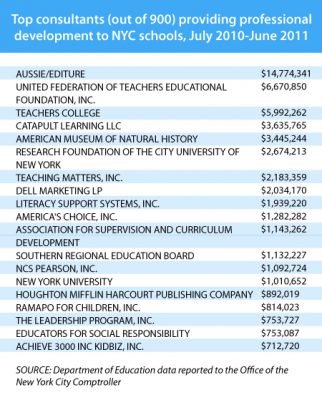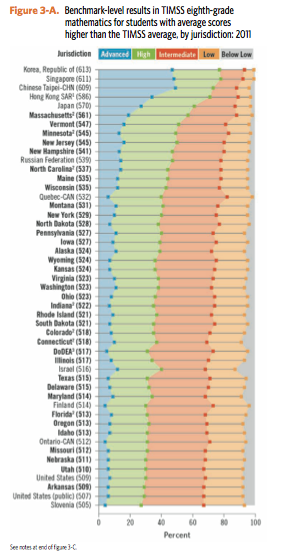The youth of the western world was celebrating the end of global economic depression and the approach of modern times during the 1930s and 40s with a riotous explosion of dance and music called Swing. However, in Germany a repressive fascist regime under Adolf Hitler tried to impose its iron will on the German people, and keep them isolated from any international movements that threatened to undermine Nazi philosophy. They were composed of 14 to 18-year-old boys and girls in high school, most of them middle or upper-class students, but with some apprentice workers as well
Similar conflicts arose when swing became more popular in other countries. In Germany it confronted the Nazi ideology and was forbidden by it. It was offensive to the Nazis because of its lyrics (that sometimes promoted free love and sexual permissiveness), but also because it was performed by African – American, as well as Jewish musicians. It was labeled as “nigger music” and “degenerate music.” That’s when The Swing Kids (German: Swingjugend) arrived. They were a group of jazz and Swing lovers in the 1930s, mostly concentrated in Hamburg and Berlin. The name Swing Kids or Swing Youth was a parody on the numerous “youth groups” in
Nazism. They also took parody in their greeting “Swing Heil” which mocked the Nazi's “Sieg Heil.”
The female Swing Kids, meanwhile, wore long, flowing hair and penciled eyebrows, lipstick and nail polish. Naturally, the Nazis were scandalized by such wanton displays of Hollywood influenced degeneracy, as true German woman had a pure beauty and kept their hair in Heidi braids.
Hamburg was the hot spot, especially in terms of historical raids on swing youth, though Berlin, Frankfurt, and many other cities across all the countries of the Third Reich also had groups. Authorities and other citizens called the youth Swing-Heinis and Swingjugend — at first insults of a sort, but soon proudly adopted by the youth.In the beginning the Swing Kids were apolitical, but later, by the aggression of the Gestapo and Hitler Youth, they evolved into a non-violent refusal to the National-socialist culture (even though they were not an organized political opposition).
“(...) Our Youth must learn nothing else, but only to think like and act like Germans! We must get our boys into a Party organization at the age of 10, where they can be immersed for the very first time in the totality of pure German spirit. Then, after four years, they will be transferred from this Young Folk (Jungvolk) into the Hitler Youth (Hitlerjugend). —
excerpt of Hitler’s speech at Reichenberg, December 2, 1938
Contemporary Nazi Reports and Measures regarding German Swing Youth.
The Nazi authorities considered the dance craze of the Swing scene a particular menace. Swing was viewed as a very dangerous foreign import, because it was rooted in immoral Black ”jungle music” with accompanying allusions to wild, indiscriminate sex. Even worse, as far as the Nazi officials were concerned, Swing was a deliberate product of Jewish media moguls in America that, if spread to Germany, could contaminate the blood of its own youth. Youngsters caught up in a possible invasion of Swing would revert to more primitive forms of African-inspired behavior.
Youth Resistance in Wartime Germany
Jazz music, with its high spirits, fun and originality, was viewed of as democratic. Moreover with its ”non-Aryan” roots Jazz was considered a product of the American lifestyle and was therefore frowned upon by the Nazi’s who found the Jazz music degenerating.

The
”Swing era” of the mid 30’s through to the end of the 40’s originated from America. Swing music was played as set arrangements in a big band. This had the effect of limiting improvisation, which also meant that the Afro-American influence was less apparent.
They would whistle swing songs and sometimes walk with one foot on the curb, the other on the street — a sort of limping swagger they called the “lotter step.” (Whistling
Eddie Carroll’s “Harlem” was the way the Frankfurt swing youth hailed each other. Berliners switched from “Goody, Goody” to “Jeepers Creepers.” Liepzig had “Flat Foot Floogie.”) As they were teenagers, they of course made up new, obscene lyrics to many songs.
“Swing Kids Behind Barbed Wire”









